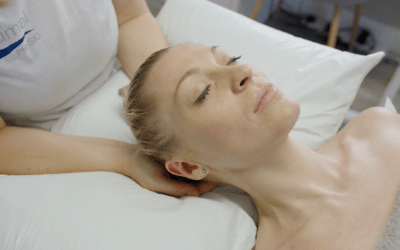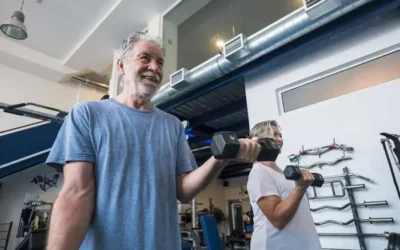Patella tendinopathy or jumpers knee, is pain aggravated by high impact activities often in athletes who participate in sports involves running and jumping. It is characterised by localised pain where the tendon meets the kneecap.
1. Not managing load
Sometimes the most provocative activities need to be reduced or stopped in the early management of patella tendon pain. These are usually more high impact, running, jumping, directional change activities.
However – there will be alternatives and we don’t advocate ‘rest’. Activities that are lower load and lower impact can be performed to keep you active in a way that doesn’t flare up your symptoms.
2. Wrong diagnosis
A thorough history is vital in establishing tendon pain as opposed to patellofemoral pain. Localised pain where the tendon inserts into the patella (kneecap) is indicative of tendinopathy and pain that is aggravated by impact loading.
3. Rehab is not targeted enough or progressive enough
Patellar tendon pain is most common is running and jumping athletes. Rehab must target the quadriceps and be heavy enough to increase tendon strength to cope with high demands of these sports. Weights are usually essential, however with gyms closed, we are getting creative with our exercises!
Rehab must also be progressive in terms of a gradual return to sports-specific exercises. A loaded squat puts 1-2 x body weight through the tendon whereas a jump can be 38 x body weight. People often flare up when they return to sport as they pain free during squats and lifting heavy weights, however rehab hasn’t been progressed enough to cope with sporting demands.
4. Whole body considerations
Poor technique due to biomechanics can lead overload and tendinopathy. Jumping, landing or sprinting technique should be considered and any issues addressed as part of rehabilitation.
5. Failing to educate and empower you
It is important that we educate you on load management, activity modifications, correct exercises to do and at what stage. We also need to educate you on time frames and outline how your rehabilitation will look. Ultimately with tendon pain, you are the one doing the work, we just make sure it is the right work at the right time.
6. Relying on quick fixes
Education and exercise are the most important, evidence-based aspects of treating a tendinopathy and that is what we offer at Optimal Physio.
If you would like more information please email us treat@optimalphysio.co.uk or call us on 0333 3010205 and we can arrange a free 10min chat with one of our experienced team of physio’s to see what the best way forward is for your problem.



0 Comments